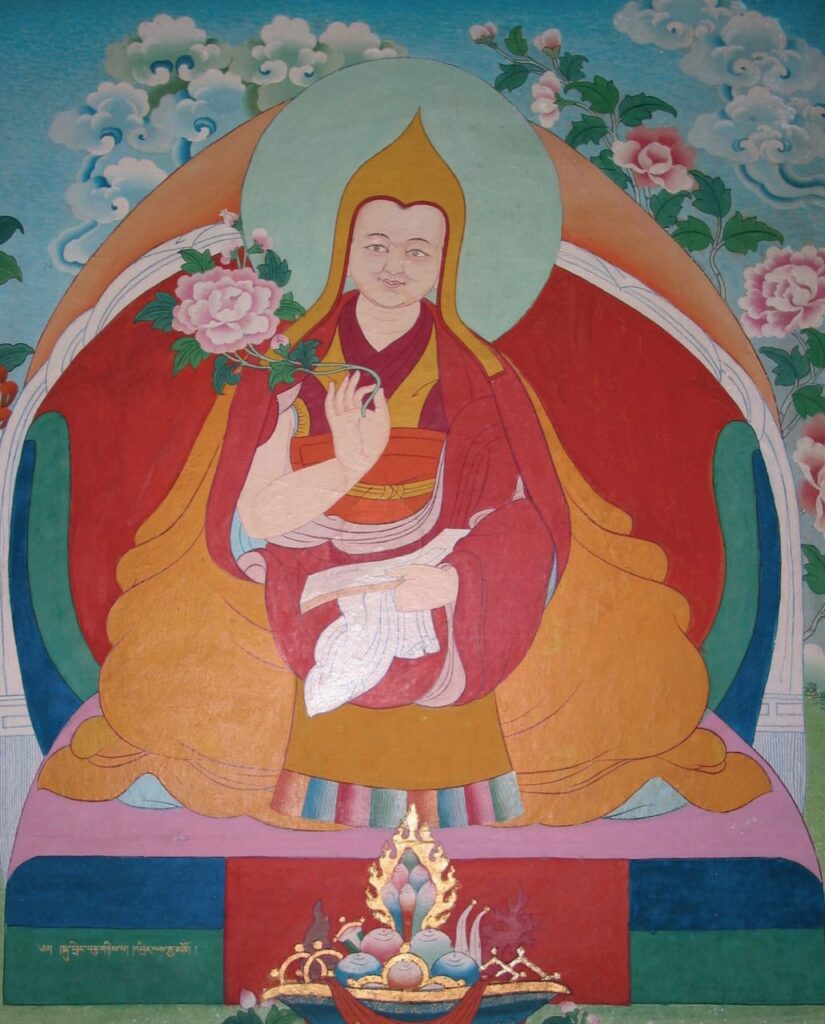

The Twelfth Dalai Lama–Trinley Gyatso (1856–1875)
Trinley Gyatso, the Twelfth Dalai Lama, was born on December 1, 1856, in the Lhoka region of southern Tibet to Phuntsok Tsewang and Tsering Yudon. In 1858, he was brought to Lhasa and officially recognized as the Twelfth Dalai Lama. The regent, Reting Ngawang Yeshe Tsultrim, performed the hair-cutting ceremony and bestowed upon him the name Trinley Gyatso.
Two years later, in 1860, he received novice monastic vows from the Gaden Throne Holder, Lobsang Khenrab. That same year, at the age of five, he was formally enthroned at the Potala Palace. Under the guidance of highly respected tutors, Trinley Gyatso’s spiritual education advanced steadily. Even in childhood, he actively participated in major religious ceremonies and scholastic training.
His life unfolded during a time of growing geopolitical tension. With the Qing dynasty’s influence waning and British power expanding in South Asia, Tibet found itself increasingly exposed to external pressures and internal uncertainty.
In 1873, upon reaching the age of eighteen, Trinley Gyatso formally assumed his role as the spiritual and political leader of Tibet. During his brief leadership, he undertook religious pilgrimages, offered teachings, and strengthened ties with Mongolian Buddhist communities—continuing the long-standing spiritual alliance between Tibet and Mongolia.
Tragically, his time as Dalai Lama was short-lived. In 1875, only two years after taking office, Trinley Gyatso passed away at the age of nineteen in the Potala Palace. The circumstances surrounding his death remain unclear, contributing to a pattern of young Dalai Lamas who died before their potential could be fully realized.
Despite his brief life, Trinley Gyatso is remembered for his early promise, dedication to spiritual learning, and his leadership during a period of transition and uncertainty in Tibet’s history. His life marked another poignant chapter in the enduring legacy of the Dalai Lama institution.
